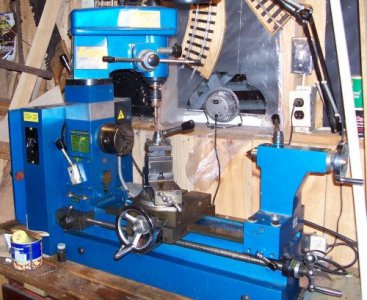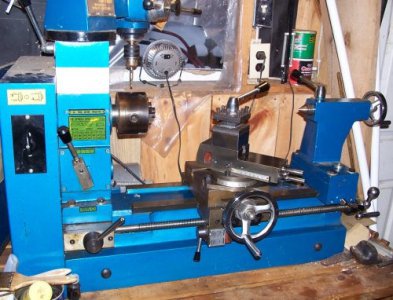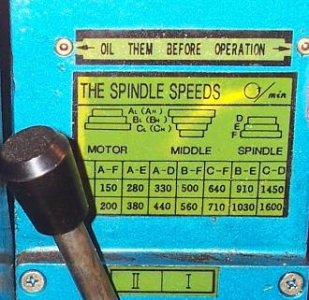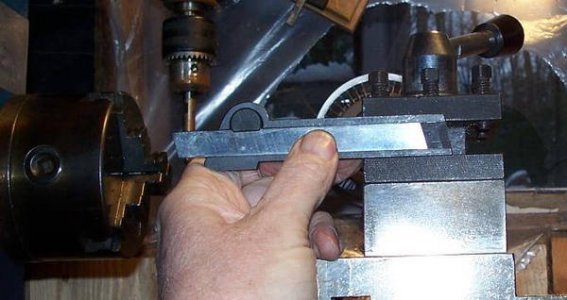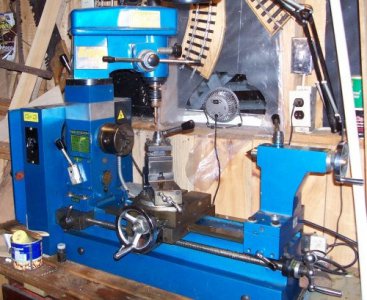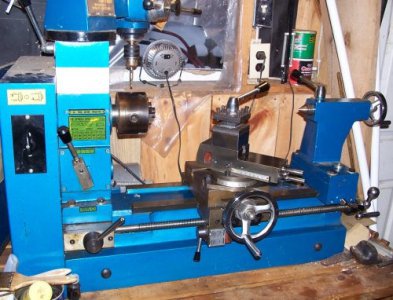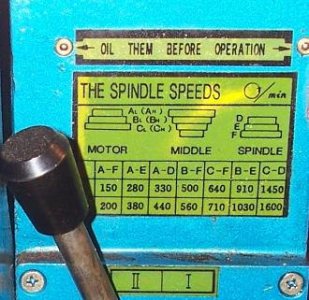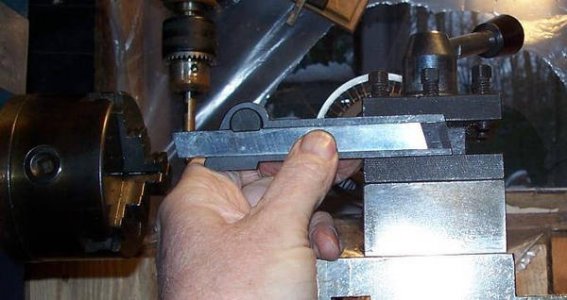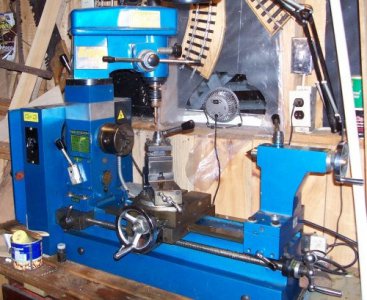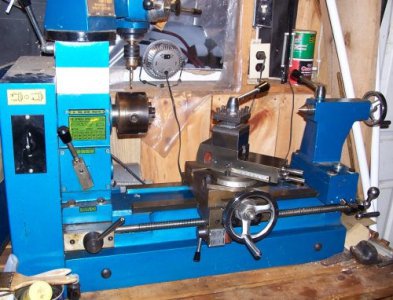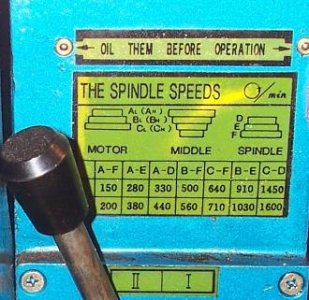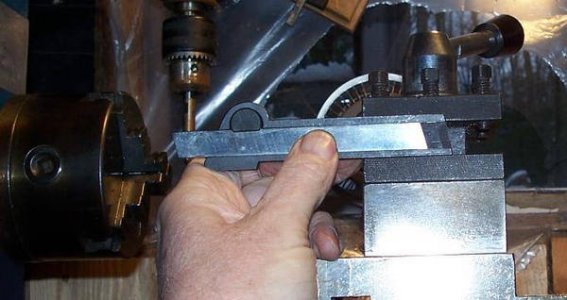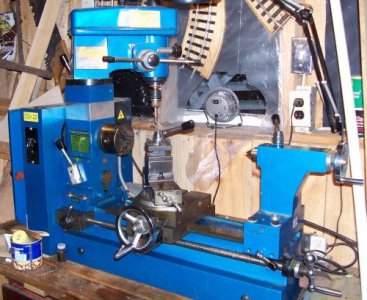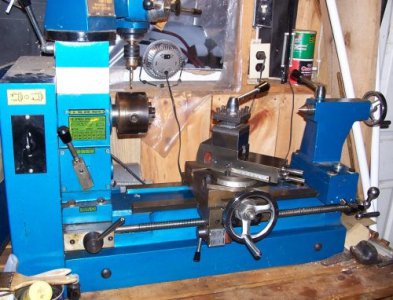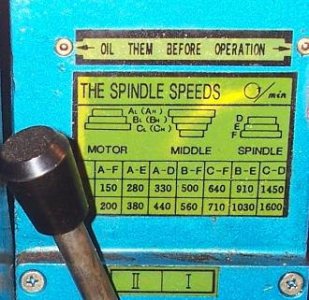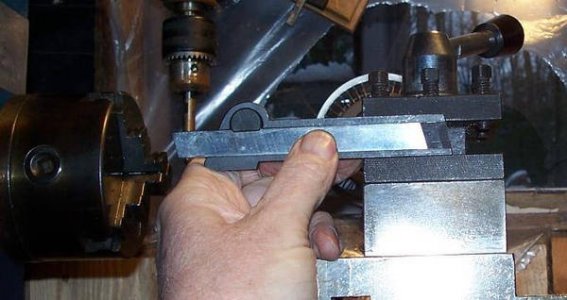- Joined
- Feb 18, 2016
- Messages
- 451
James, nice project! I too would suggest using Delrin for the all of the same reasons.
I've actually been looking for a good source of Delrin stock ever since Terry mentioned it. Although I've been thinking of using it to insulate the axles and as the main crossmember of the bogie chassis. I won't need my bogies to be insulated across the wheels, but if I ever decide to make any of these to put up for sale on eBay they had better be insulated for normal use.
As far as making the wheels themselves out of Delrin, I agree that would be very practical, especially in terms of easy machining. They even may make better wheels functionally. But part of the reason I wanted to make my own bogies was to get away from plastic. (hee hee) So to end up using plastic seems to be self-defeating part of my original purpose. Although a secondary purpose for making my own is cost savings. Bogies are EXPENSIVE! Even for the cheapest plastic ones. When I realized I could make my own from Aluminum and Brass for less that what I would pay for an injection molded plastic bogie I was excited.
Now you guys want me to go right back to plastic again. Phooey!
But I agree it would be more practical. That's for sure. Far easier to machine.



